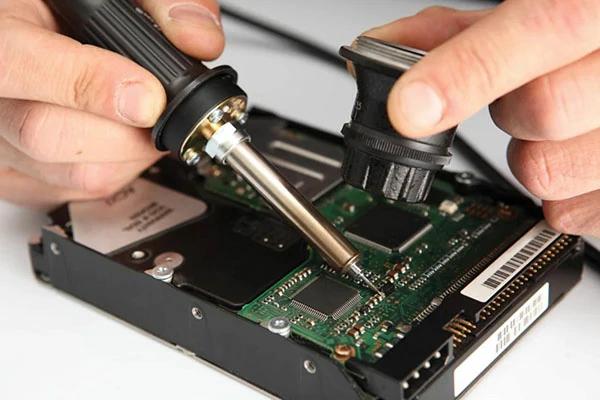
Mastering mobile phone soldering skills is crucial for mobile phone maintenance personnel. Incorrect soldering techniques can lead to component damage and circuit board issues. In this article, we will provide easy-to-understand instructions on mobile phone soldering, including necessary tools and step-by-step procedures.

To ensure successful soldering, you'll need several tools, including:
Selecting the appropriate soldering iron is crucial. Internal heat soldering irons with 30-40W power are most commonly used in mobile phone maintenance. Additionally, it's essential to check the temperature of the soldering iron before use. Here's the correct method:
Mobile phone soldering involves disassembling and assembling various components. It's crucial to handle them with care to prevent damage. Here are the steps to solder mobile phone components:
1. Prepare the components and soldering tools in a convenient position.
2. Use a hot air gun or soldering iron, depending on the size and density of the component.
3. Gently heat the component with the hot air gun, moving it back and forth until it can be lifted using tweezers.
4. If necessary, remove any glue or adhesive securing the component before extraction.
After removing the components, clean the pads using the following methods:
1. Use a hot air gun to blow the pads flat for small components.
2. Use a soldering iron to melt any remaining tin slag on the pads.
3. For chip pads, shape them using a flat-nosed soldering iron tip and add tin if necessary.
4. Desoldering wire can be used for stubborn pads.
a. Soldering Small Components:
b. Planting Tin for BGA Chips:
c. Soldering the BGA Chip:
By following these step-by-step instructions, you can enhance your mobile phone soldering skills. Remember to practice caution and seek assistance if needed. Good luck with your mobile phone repair endeavors!
 WhatsApp
WhatsApp